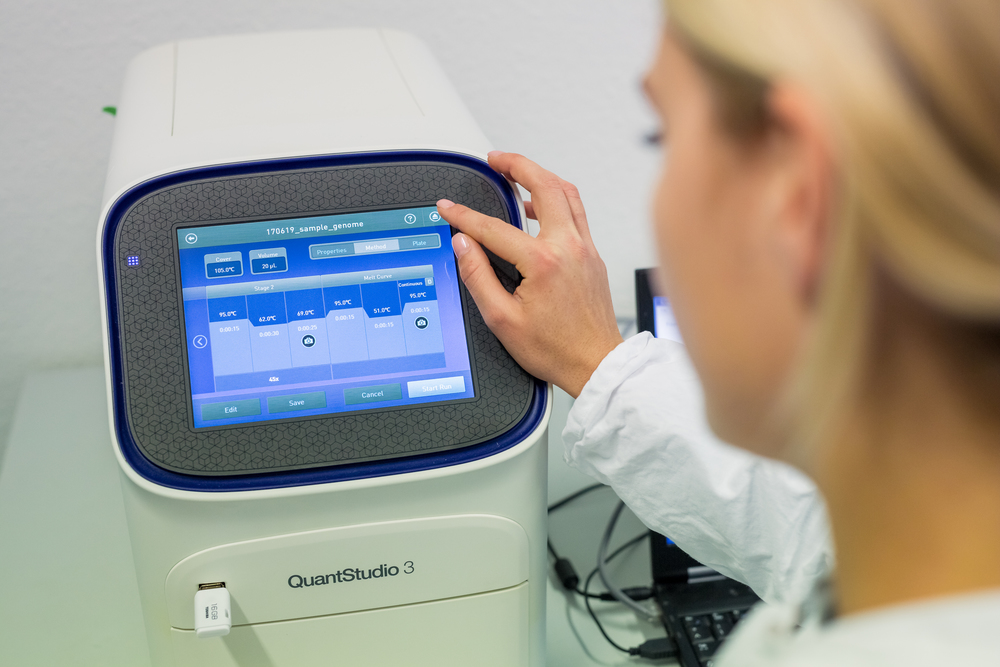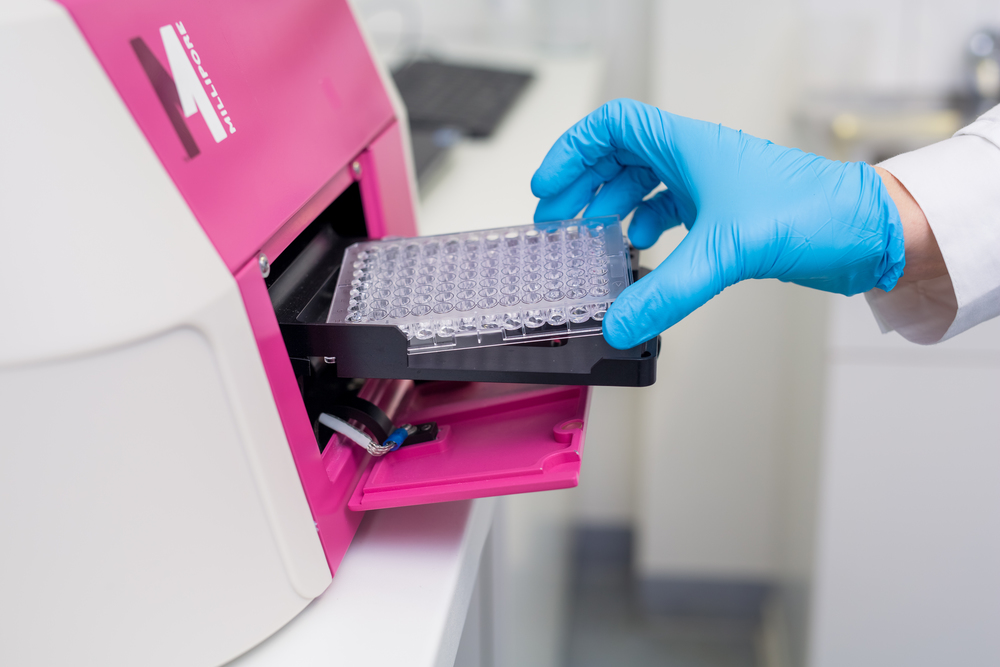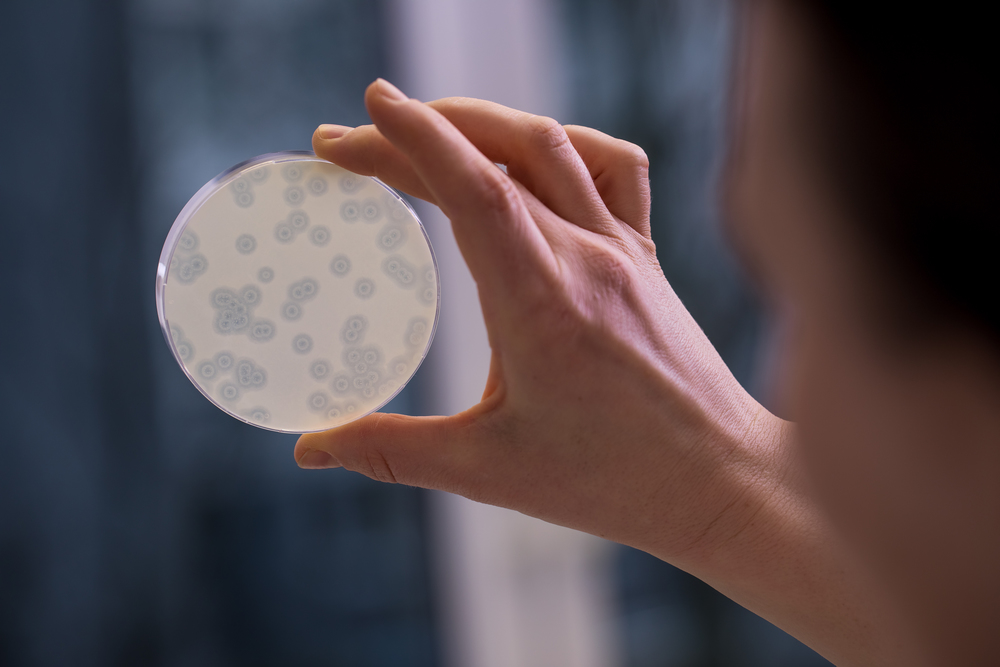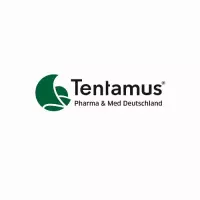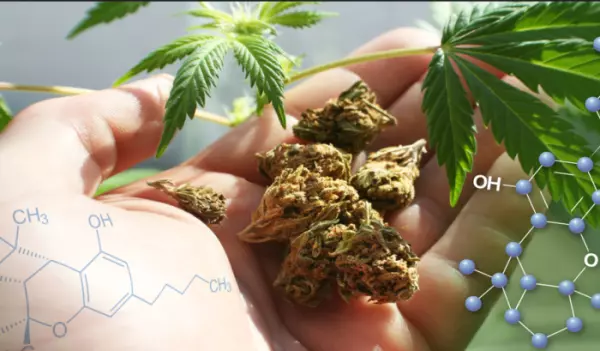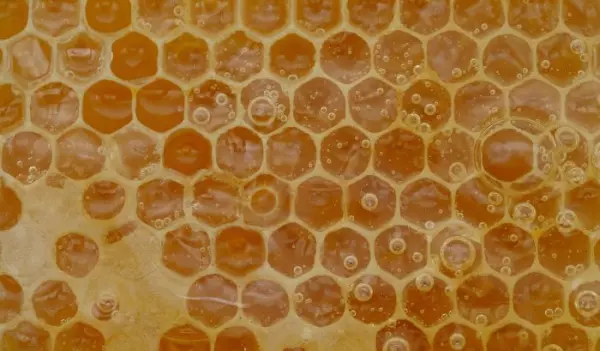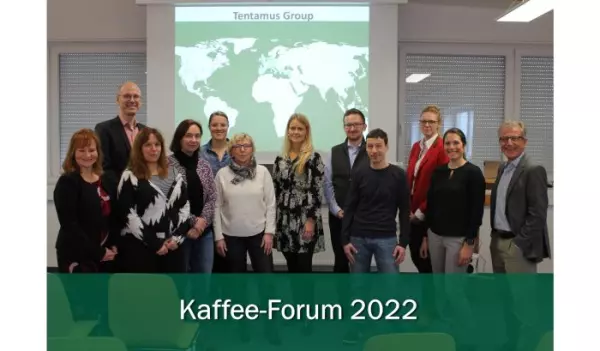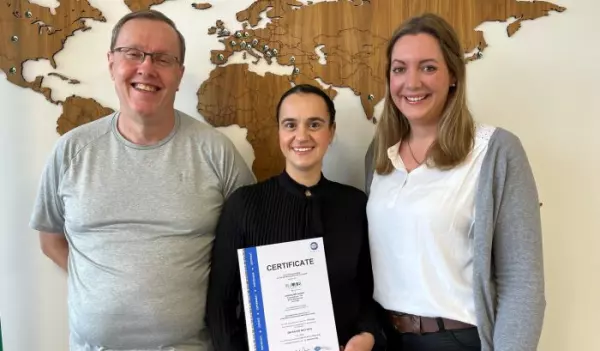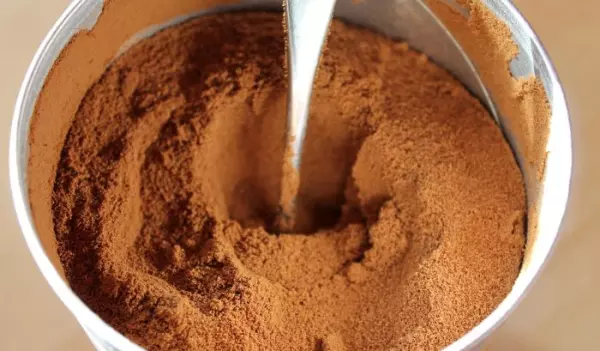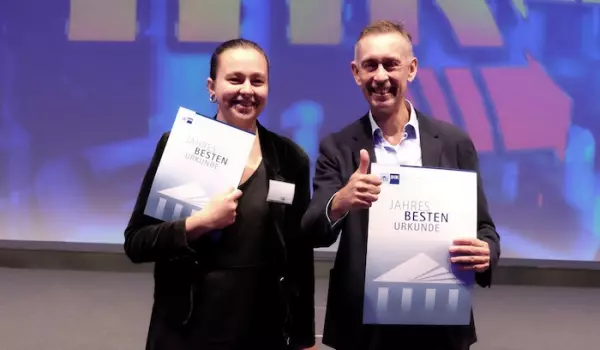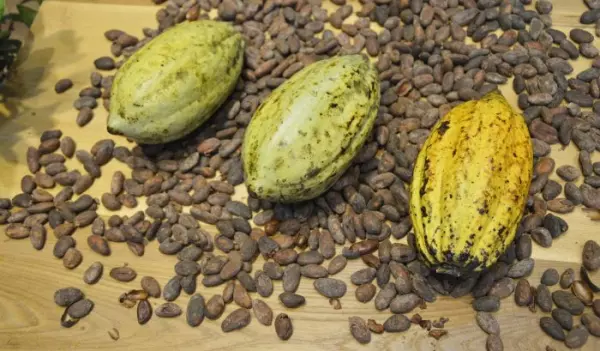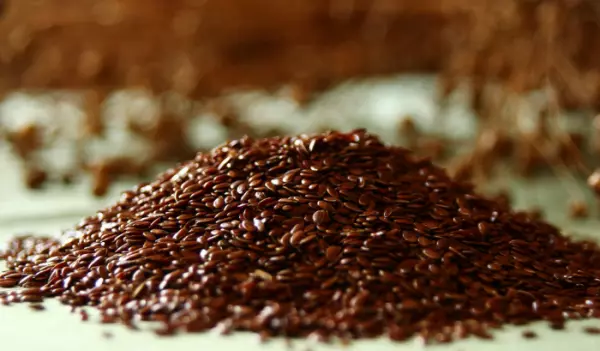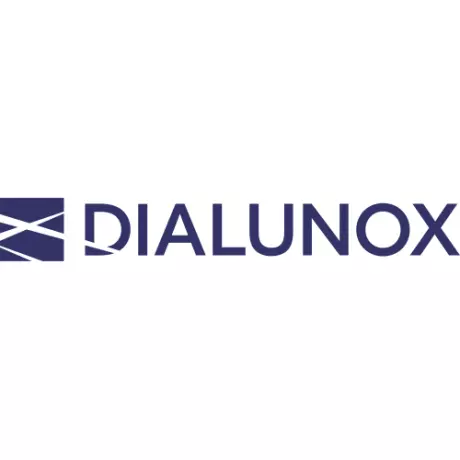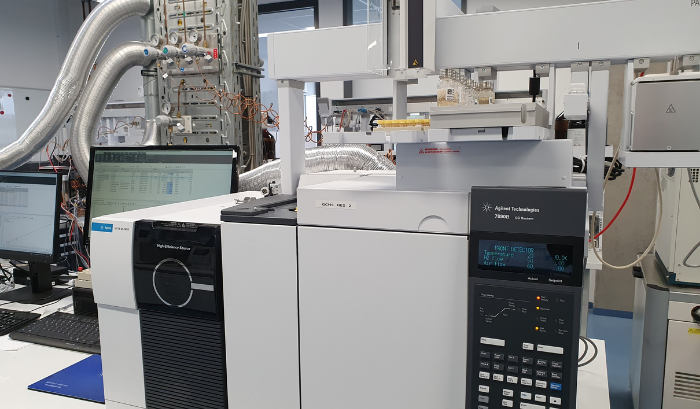
The use of ethylene oxide in grain products and spices repeatedly leads to massive recalls in international trade.
Due to the strict requirements regarding phytosanitary import controls, fumigants are currently the only effective alternative to prevent the introduction and spread of pests from importing countries. The fumigation of containers for shipping, as well as the fumigation of warehouses, is common practice. The fumigants methyl bromide, ethylene oxide and phosphine are primarily used because of their effectiveness in controlling pests.
The use of methyl bromide as a fumigant has been banned in the EU since 2010. The use of ethylene oxide is also only possible to a limited extent due to its residue definition, which also includes the metabolite 2-chloroethanol, which in turn persists as a residue in the food.
"We are assuming that, for the reasons mentioned above, other fumigants will increasingly be used in the future," explains Roy Sperling, head of the instrumental analysis department at bilacon GmbH.
For this reason, bilacon has established a method for determining the fumigant phosphine. The phosphine is determined using headspace gas chromatography with a flame photometric detector (FPD). This method is very sensitive and the detection limit is < 1μg. The processing time is 3-5 working days and can also be offered as an express analysis after consultation.
According to Regulation (EC) No. 396/2005 , the maximum amount for the sum of phosphine and phosphide is between 0.01 mg/kg and 0.1 mg/kg , depending on the food .
A standard with 15 ppb phosphine and a pepper sample with a phosphine content of 4 ppb are shown below.
Standard with 15 ppb phosphine
Pepper sample with a phosphine content of 4 ppb
Clear peaks can be seen which clearly show the presence of phosphine in the sample.
Ensure safe food that does not exceed any limit values for phosphine and thus avoid expensive recall campaigns by having your products checked regularly by bilacon.
Roy Sperling
roy.sperling@tentamus.com
+49 (0) 30 206 038 320




